The Raspberry Pi is a tiny device, but it’s surprisingly powerful – especially when you compare it to the bulky computers of the past. Take video game systems, for instance: while modern ones far outstrip the Pi, older models like the Nintendo Entertainment System or Sega Genesis are weaklings in comparison. That makes the Raspberry Pi more than capable of playing retro games, and the folks behind the RetroPie project have developed a way to help you do exactly that. Installing RetroPie on your Raspberry Pi will give you the ability to emulate a ton of old video game systems, essentially turning your Raspberry Pi into the ultimate retro gaming machine. Here’s how to play retro games on the Raspberry Pi with RetroPie.
Retro games on the Raspberry Pi: What you can play
The full list of emulators included with RetroPie is absolutely massive. Here’s a link to the full list – we’ve included some of the highlights below, but there are far more than just these. Suffice it to say that if you want to play retro games on the Raspberry Pi, you’ve come to the right place.
Nintendo
- Game Boy
- Game Boy Advance
- Game Boy Color
- Nintendo 64
- Nintendo DS
- Super Nintendo
- Nintendo Entertainment System (NES)
Sega
- Dreamcast
- Game Gear
- Genesis/Mega Drive
- Master System
- Sega 32X
- Sega CD
- Sega Saturn
- SG-1000
Sony
- PlayStation (PS1)
- PlayStation 2
- PSP
You’ll also get direct ports of popular games like Cave Story and Doom.
How to play retro games on the Raspberry Pi with RetroPie
In order to show you how to play retro games on the Raspberry Pi with RetroPie, we have to cover a few different steps. First, you’ll have to install RetroPie, which is a kind of operating system that includes EmulationStation – which is itself a powerful group of emulators.
Next, you’re going to have to tweak a few settings, including Wi-Fi and controller settings.
Then, you’ll need to add ROMs. Emulators run video game systems as virtual machines within a computer, and ROMs are the game files themselves – the cartridges or discs to the emulators’ systems, if you will.
We’ll cover it all below.
What you’ll need
As is typical with these projects, you’ll need a Raspberry Pi, a power source, a monitor/TV and a way to connect to it, and peripherals (like a keyboard and mouse) for set-up. You’ll also need a few other things:
- A microSD card (at least 8 GB)
- A USB game controller
- A Windows or Mac computer with a place to plug in your SD card
How to install RetroPie
Installing RetroPie has always been pretty easy, but it’s easier than ever now. If you did this project a few years ago (like I did), you’ll find it’s only gotten simpler.
Step 1: Download RetroPie and unzip the disc image
You can find the latest version of RetroPie here. Download it to your computer. It will be compressed in .gz format – unzip it with WinZip or a similar program so that it ends with just .img.
Step 2: Extract the RetroPie disc image to your microSD card
What you just downloaded and unzipped was the RetroPie disc image. Next, you’re going to extract it to your microSD card. With Windows, this is super simple:
- Download Win32 Disc Imager
- Open Win32 Disc Imager
- Select the .img file and the correct disc (make sure it’s your microSD card!)
With Mac, it goes like this:
- Download RPI-sd card builder
- Open RPI-sd card builder
- When prompted, choose the disc image
- When prompted, select your SD card (make sure you’re writing to the right place!)
- Hit “OK” and enter your password. The program should do the rest.
Step 3: Put the microSD card in your Raspberry Pi and boot it up
That was easy, right? Have your USB controller plugged in, because you’ll be setting it up next.
How to set up RetroPie after installation
Now that your Raspberry Pi is running RetroPie, you’re going to want to set up your internet connection (we’ll need it to get your games moved over and to install any future RetroPie updates) and your gaming controller.
Step 1: Set up your controller
If RetroPie detects a USB controller, it’s going to want you to set it up before you do anything else. To set a button value, just touch the button. The menu will move on to the next value as soon as you enter something for the first. If you’re using a simple controller, you may end up double-assigning certain buttons (L1 and L2 both to your only L button, for instance). If you’re looking to emulate more recent systems, you may want to opt for a controller with all the buttons you need – like a PlayStation 4 controller, for instance, which is what I used.
Step 2: Set up Wi-Fi
Head to the settings menu and scroll down to the Wi-Fi option. You’ll be able to choose your wireless network and enter your password. Connecting to Wi-Fi has gotten way easier since the early days of the Raspberry Pi and RetroPie.
How to add emulators and play retro games on the Raspberry Pi with RetroPie
Your Raspberry Pi is now completely set up, but you won’t see any emulators. That’s because RetroPie automatically hides emulators that you don’t have any ROMs for. You have a way to play retro games on the Raspberry Pi, but you don’t actually have any retro games on your Raspberry Pi. So let’s add some games by adding some ROMs!
ROMs are a little bit of a legal gray area, but you’re generally supposed to only download ROMs for games that you already own in a physical media form. With that said, we’ll let you get the ROMs onto your computer yourself. Once they’re there, here’s how you’ll get them over to the Raspberry Pi.
Option 1: Use an external hard drive or USB drive
This is a super-simple way to get your ROMs to your RetroPie. Just put them all in a folder called retropie and put that folder on a USB storage device. Plug it into your Raspberry Pi, and you’re good to go.
Option 2: Transfer files over your network
Using your network to get ROMs to your RetroPie used to be a (mild) pain, but the newer versions of the system have made it insanely easy. Go to your file manager on your computer and look for shared folders. If your RetroPie is connected to your network, you should see a folder called RETROPIE (if it doesn’t show up, type the address into the address bar directly: \\RETROPIE for Windows or smb://RETROPIE for Mac).
You will have to log in to access the folder. The default credentials are username: raspberry and password: pi.
Once you’ve spotted it, just drag your ROMS on into the folder. Done!


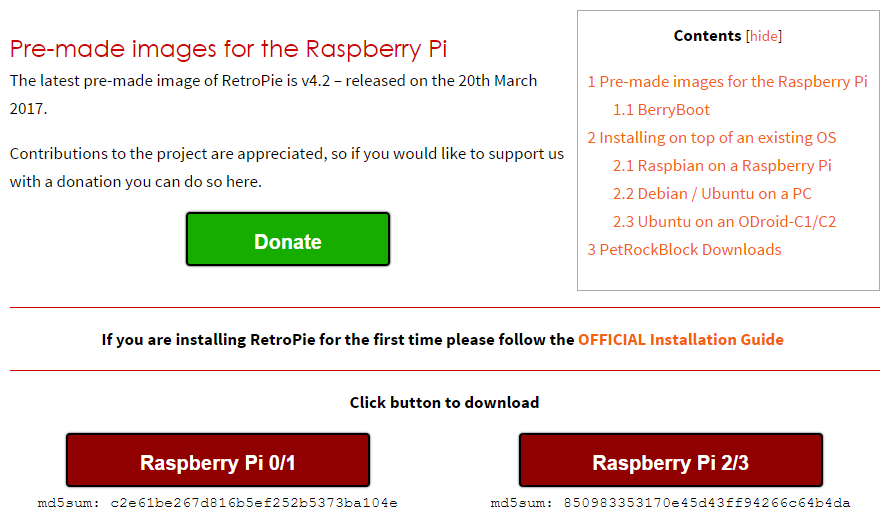
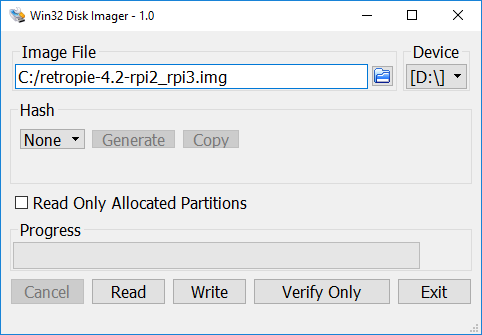
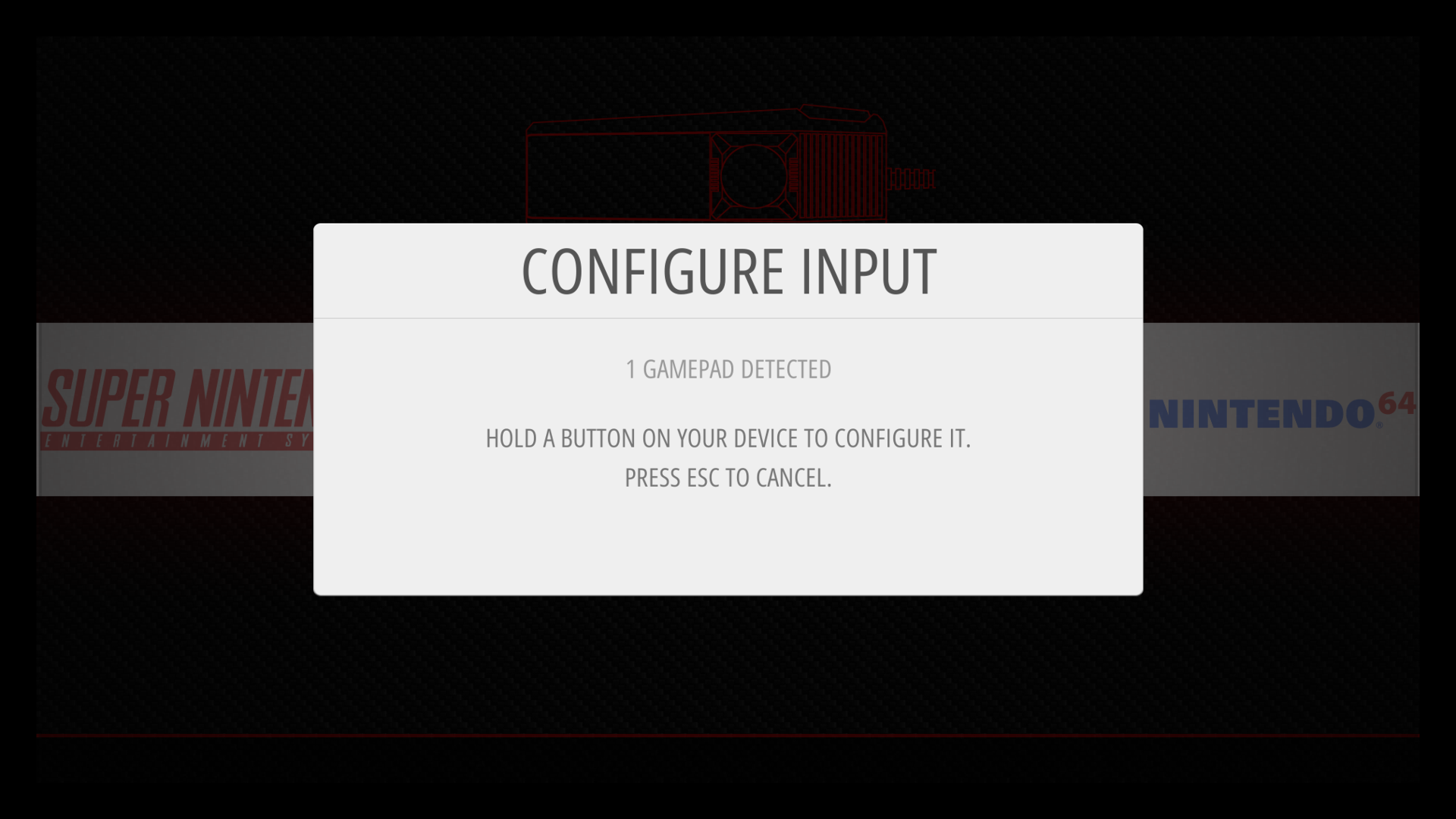
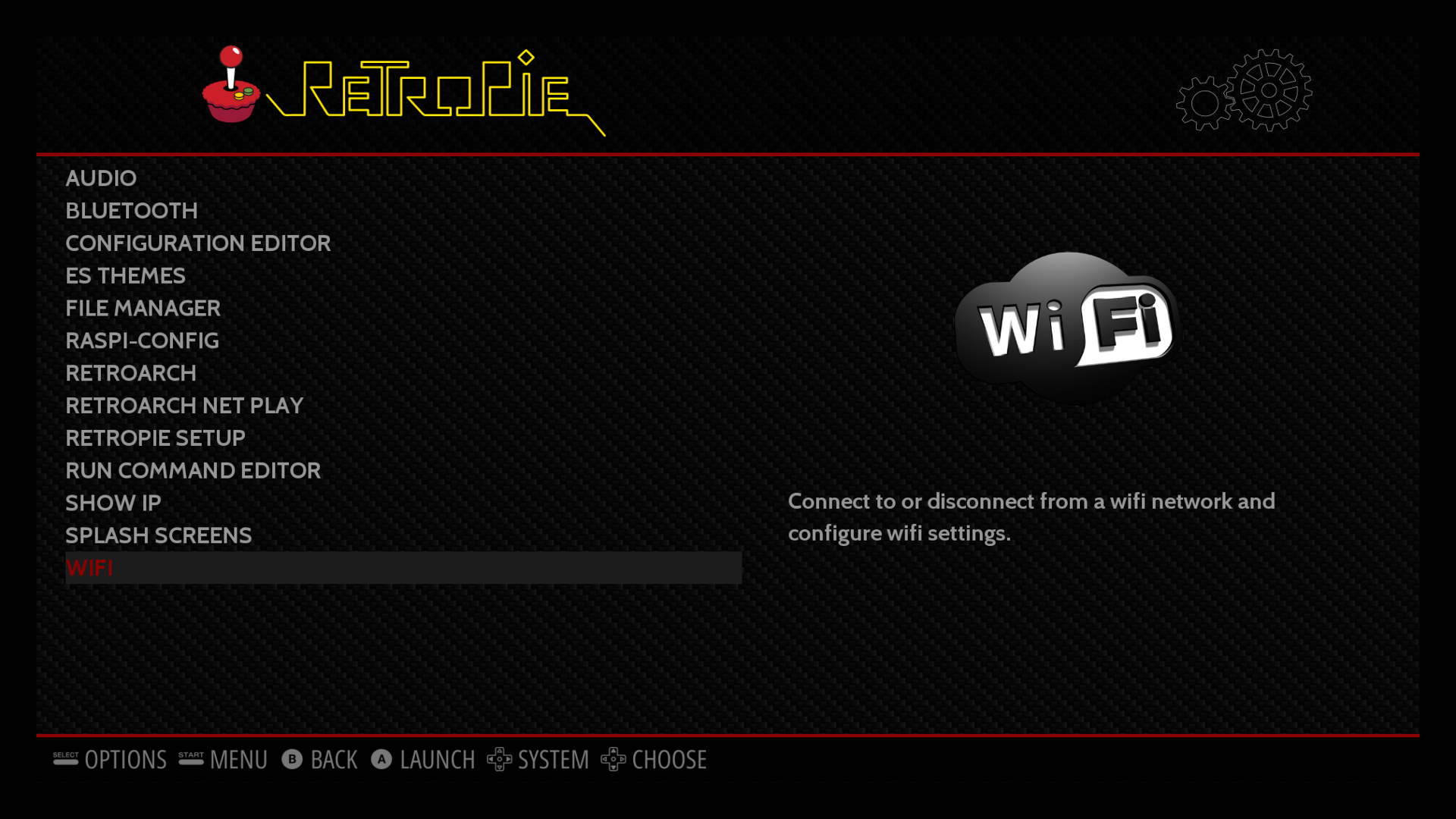
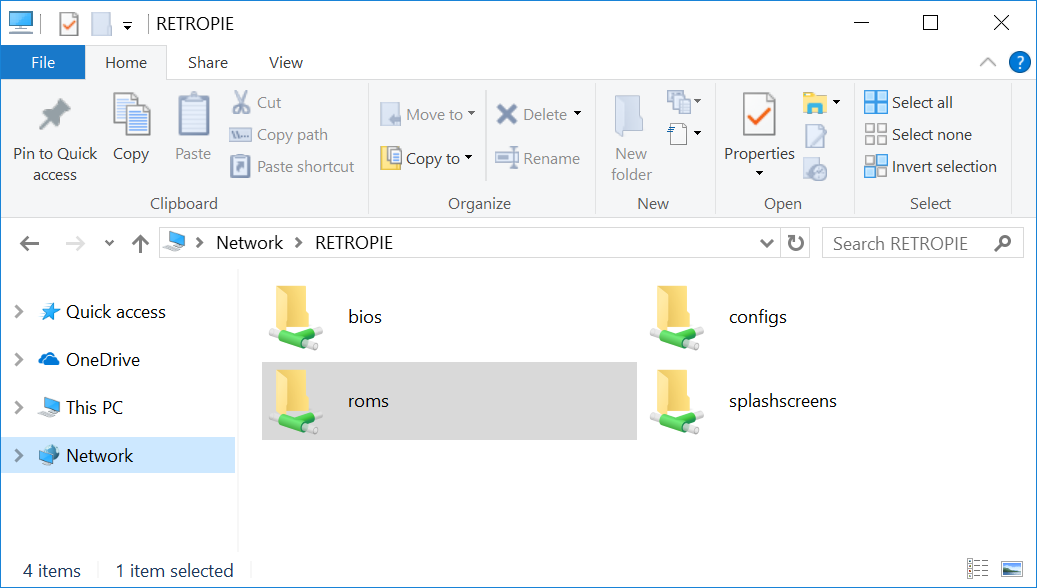
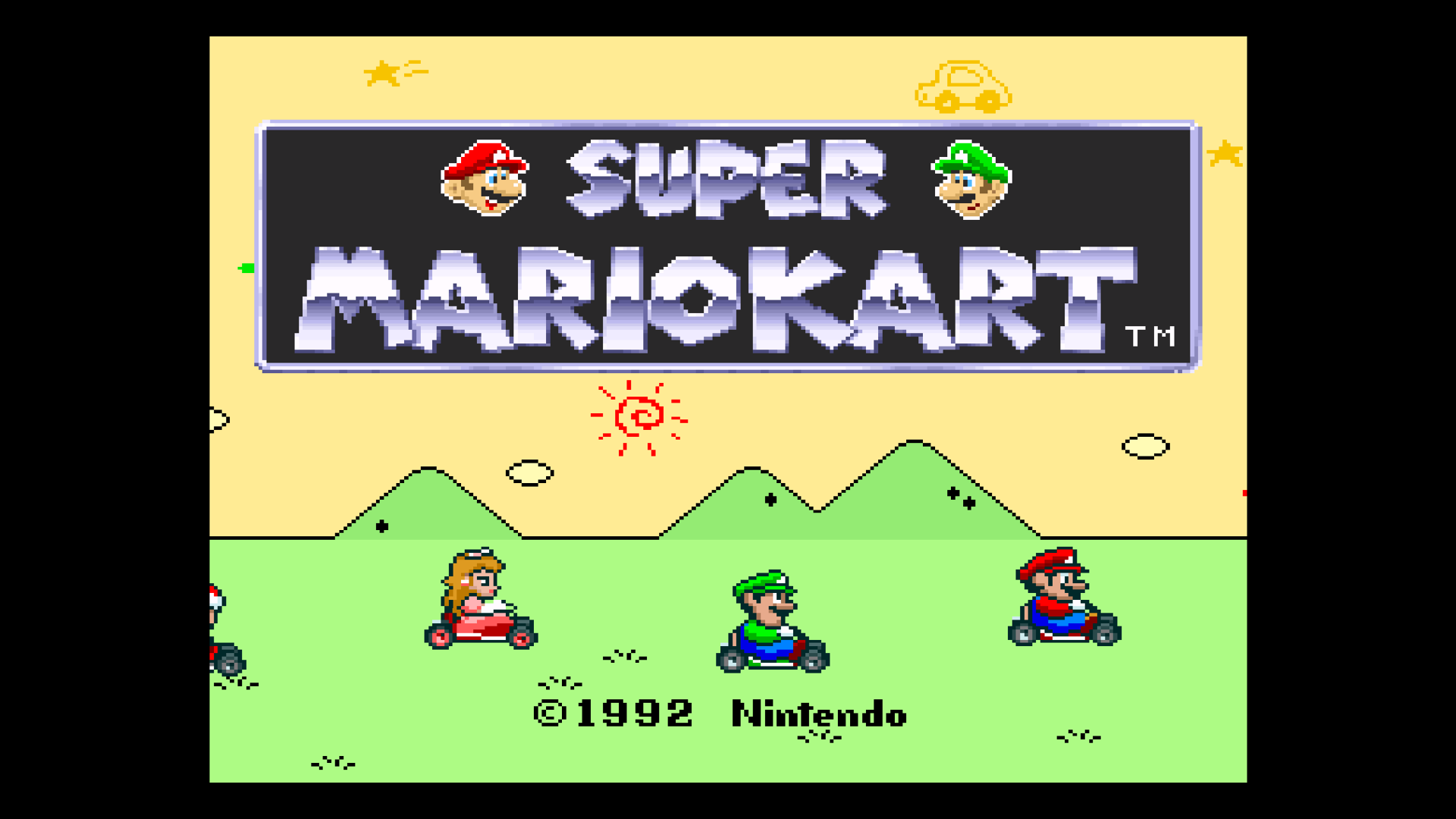


Excellent tutorial, and many thanks!
Would a PS4 controller work for this?